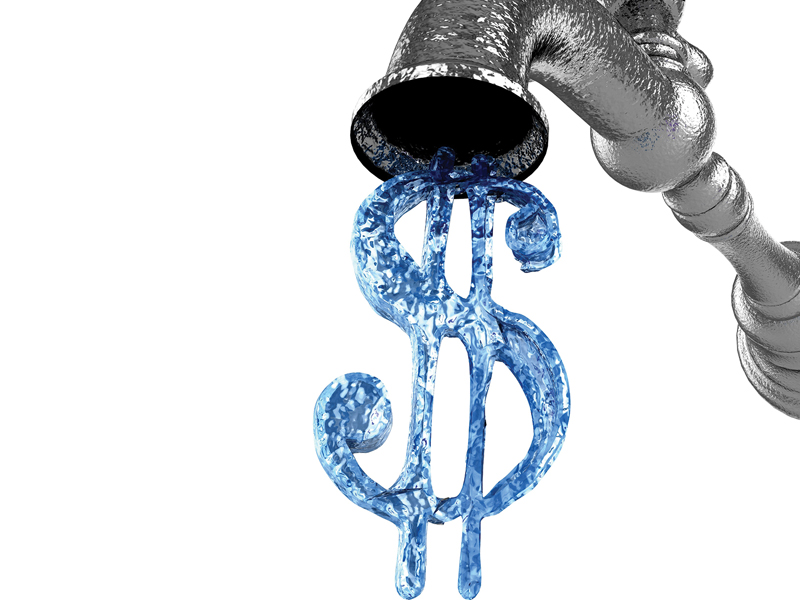My water and sewer costs are going through the roof. In addition to purchasing new, more energy-efficient equipment, what are some other actions I can take to better conserve water?
One of the biggest water wasters in a self-service laundry can be a malfunctioning dump valve. So, be sure to inspect your dump valve on a regular basis to assure that it’s opening and closing properly.
Also, check your pressure switches – these can sometimes go a little haywire and begin wasting water. When checking these switches, be sure the small tube that’s connected to the switch is clear and clean.
Beyond those two common trouble-shooting procedures, you also might consider adjusting the water levels on some of your washer cycles. Of course, this is something to be very careful with, because some of the cycles require high water levels. If you decide to make adjustments, be sure the changes are made to the correct cycles. For example, your rinses should be at the highest water levels available, while your pre-wash and wash cycles should be at either low levels or mid-level.
Above all, check with your equipment manufacturer on how to properly set your water levels. And, after you set them, be sure to physically inspect each cycle to see how much water is actually being used during each one.
How can I keep my wash-dry-fold customers’ clothes from “pilling?”
Pilling generally occurs in the drying cycle, not the wash cycle. Therefore, I would suggest you dry at a mid-temperature of about 150 to 155 degrees, rather than at a higher temperature. Depending on the particular fibers of the garments, this should decrease a good portion of your pilling problem.
In addition, pilling occurs from abrasion, so be sure not to over-dry the items. In other words, after the clothes are dry, get them out of the dryer quickly. The longer they tumble in the dryer, the more pilling that will occur.
Be mindful of the time and temperature of your drying cycles, and you’ll likely prevent most of the pilling you’ve been experiencing.
Lately, I’ve been thinking about keeping my laundry open 24 hours to bring in some extra business. No other laundromats in my marketplace are open 24 hours. What do you think?
In most cases, I think this is a bad idea. In my experience, I’ve found that most 24-hour laundries lose money after 11:00 p.m. Also, I’ve discovered that most owners don’t take full accounting of their expenses after 11:00 p.m. – failing to consider costs such as labor, lighting, air conditioning, heating and so on.
Round-the-clock laundry businesses came into existence 30 to 40 years ago. This was back when the U.S. was loaded with manufacturing plants, and factories everywhere were running second and third work shifts. Unfortunately, that’s no longer the case in most areas. Of course, if your store is located in one of these rare markets that still has businesses employing three shifts of workers, it might make sense to stay open 24 hours. Otherwise, I would strongly advise against it.
Is there a way of determining whether a stain is oil-based or water-based before I launder the garment?
The only way you can determine that is by laundering both types of stains year after year. Visually, there is no way to tell the difference. Some water-based stains look like they’re oil-based, and vice versa. This is especially true when it comes to rust stains. Rust stains can have four or five different colors. They can be dark gray. Some are black. Some are yellow. Some are orange. All I can tell you is that experience will teach you.












